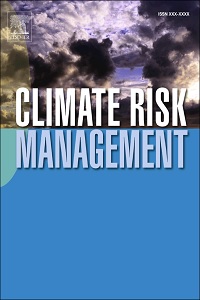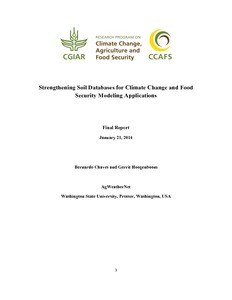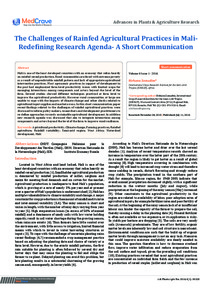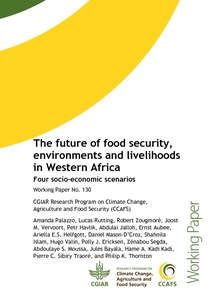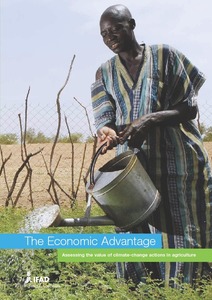Segunda edicion de infoandina TV: Cambio climatico y la crisis mundial del agua
InfoAndina TV es el nuevo programa producido por el Consorcio para el Desarrollo Sostenible de la Ecorregión Andina CONDESAN que surge como un espacio de diálogo y difusión de cultura ambiental y de desarrollo sostenible de nuestra región andina. Luego de una buena acogida del programa de estreno, continúa con su transmisión semanal vía La Mula TV.


